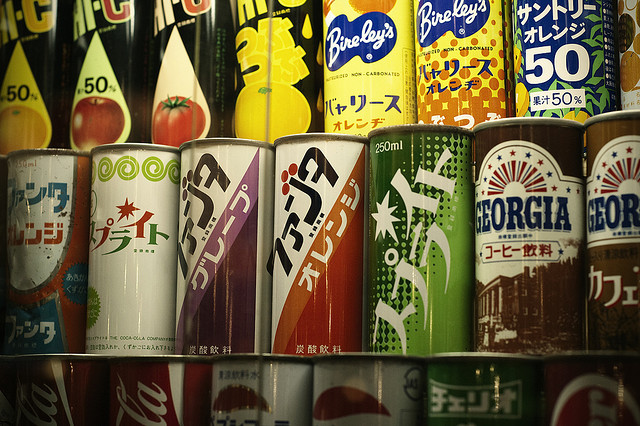
How much does it cost to buy a case of soda from Costco?
The simplest answer is that $5 seems to be the asking price. But this simple answer is not complete, because Costco is not like a normal store. Costco charges an annual membership fee, $55 per year for the privilege of just getting through the doors. Somebody who purchases the membership just to get a $5 case of soda (a total cost of $60) is not getting a very good deal. But what about people in more realistic situations? How many cases of soda would our theoretical sugar fiend have to consume in order to make it worth their while to purchase a membership?
Of course this depends on the price of soda in your local grocery stores, but let’s consider the two different types of costs that one encounters at Costco. First, the $55 annual membership would be considered a fixed cost, the minimum that one has to play just to get in the store. It’s the floor price, the cover charge. The case of soda is considered a marginal cost, the cost per additional unit produced or consumed.
So let’s revisit our soda addict. If she buys the membership and two cases of soda, she’s paying a total of $65 for those two cases, or $32.50 per case. If she buys three cases, the total will be $70, around $23.33 per case. If she buys four, she’ll spend $75, or $18.75 per case.
Clearly our soda consumer can find a better deal than Costco if all she wants is four cases of soda per year. But the decreasing price per case demonstrates one of the most important concepts in economics: the economy of scale.
Economies of scale exist anytime additional production or consumption carries per unit cost savings. The more soda that the consumer buys at Costco, the less each individual soda costs. This is because the fixed cost is being divided between more and more units. Mathematically, as the units purchased increases, the price per unit will converge toward the marginal cost.
This is just one example of an economy of scale. Restaurants are major beneficiaries of economies of scale because cooking in bulk is so efficient. A single chef can cook a stew for a hundred people with an effort far less than a hundred people would exert cooking the same meal for themselves at home. In this case, the major cost saved is time, though the restaurant also enjoys many other economies of scale that save money.
Mass transit is entirely a game of economies of scale. Railroad tracks are very expensive to lay down (fixed cost), but trains cost very little per person (marginal cost) to operate. On a route without a lot of traffic, the overwhelming cost of laying the tracks makes rail travel very expensive, like getting a Costco membership to only buy a few cases of soda. But the more people who travel the route, the lower the average cost of transporting them because the high fixed cost of the railroad tracks is spread between many, many passengers.
Economies of scale are also one of the biggest advantages that large corporations enjoy because they can purchase extremely expensive equipment that will, over the long-run, reduce their average costs. For example, only companies that can afford to invest in multi-billion dollar plants (an enormous fixed cost) are able to compete on price with the likes of Intel and Samsung in the cutthroat world of semiconductor fabrication.
